 Shutterstock
Shutterstock
Long before doggy Instagrams and diamond-studded collars, dogs were already stars—etched into prehistoric art. Our ancestors didn’t just tame dogs; they celebrated them on cave walls and stone carvings across the Middle East, Asia, and Europe. Some over 10,000 years old, these ancient images show dogs as loyal hunters, herders, and protectors—not just companions. But which modern breeds resemble these early canine icons? While we can’t email a caveman for answers, researchers have sniffed out clues linking today’s dogs to those immortalized in ancient art.
Saluki
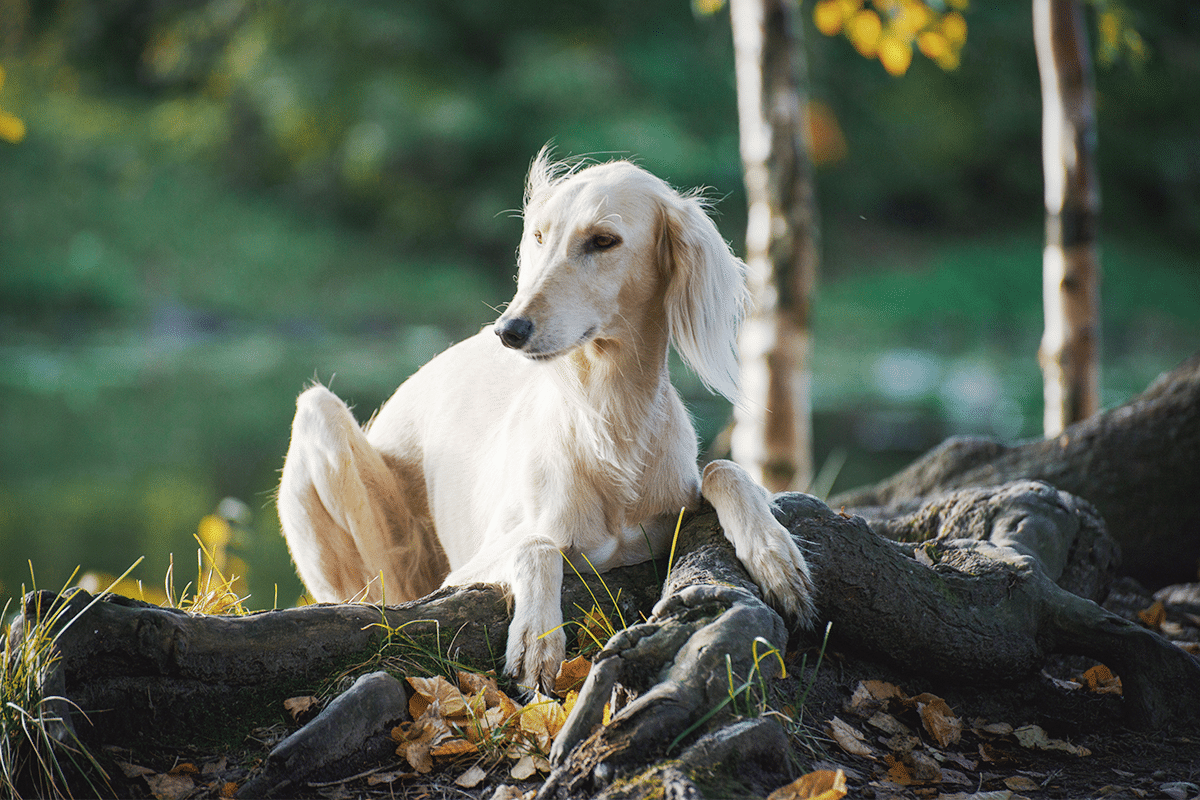 Shutterstock
Shutterstock
The Saluki is often called the “Royal Dog of Egypt,” and it’s easy to see why—this breed practically oozes nobility, even in ancient artwork. Cave paintings and carvings from the Middle East, dating back over 6,000 years, depict sleek, long-legged dogs running beside hunters, remarkably similar to today’s Saluki. Revered for their speed and grace, these dogs were bred to chase game across the desert and were often mummified alongside Pharaohs. Archaeological evidence points to their deep bond with humans, making them one of the oldest known domesticated dog breeds. If Salukis had a LinkedIn, their experience section would just say, “Hunting since the Stone Age.”
Basenji
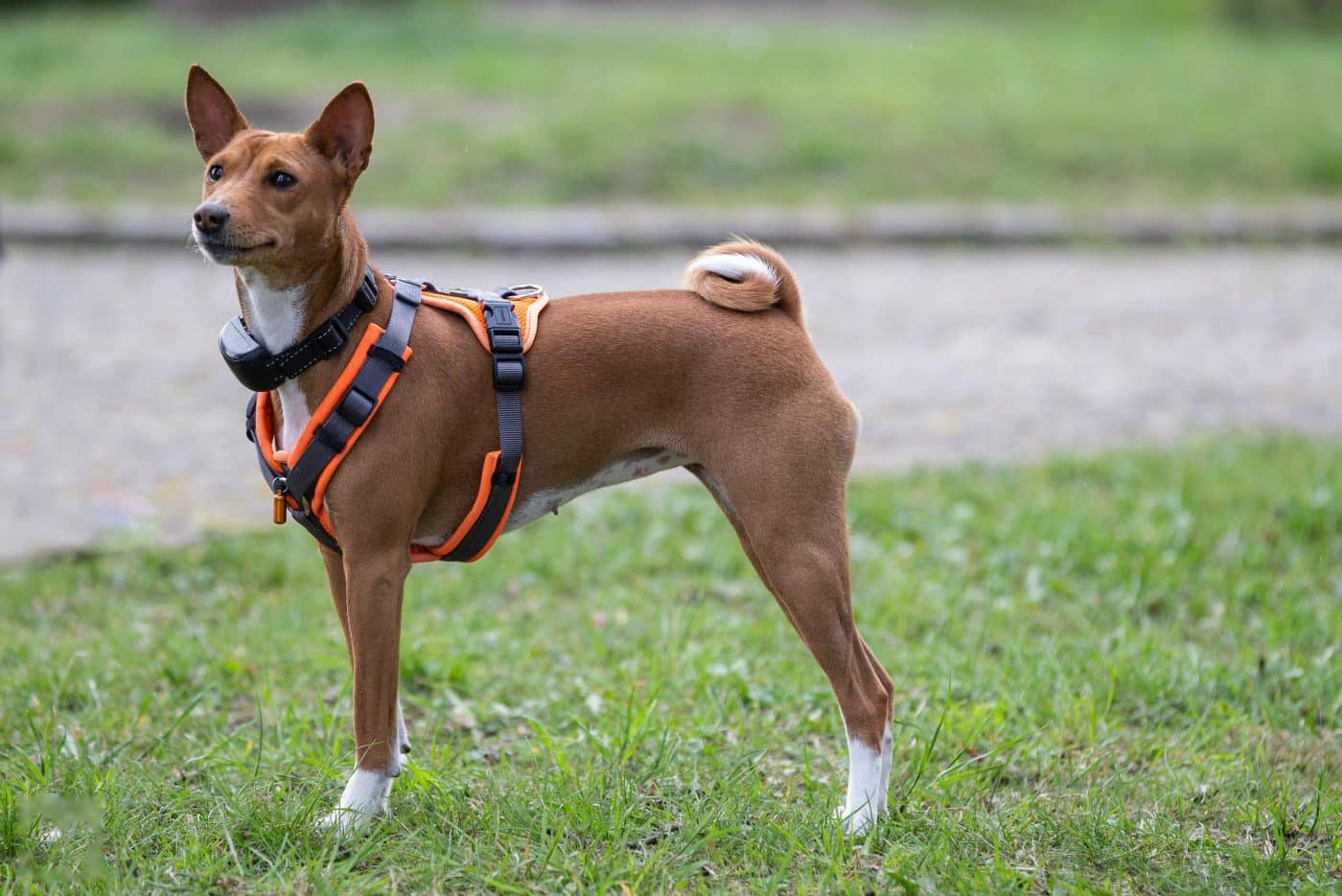 Shutterstock
Shutterstock
Known as the “barkless dog,” the Basenji may have been too polite to speak but not too shy for prehistoric portraiture. Rock art found in Libya and other parts of North Africa features images of prick-eared, curly-tailed dogs that strongly resemble the Basenji. These little dynamos were prized for their agility and stealth—perfect for navigating dense brush while on the hunt. Their independent attitude and minimal vocalizations probably made them ideal cave roommates too. Ancient humans clearly appreciated a quiet companion who wouldn’t wake the whole cave at 3 AM.
Afghan Hound
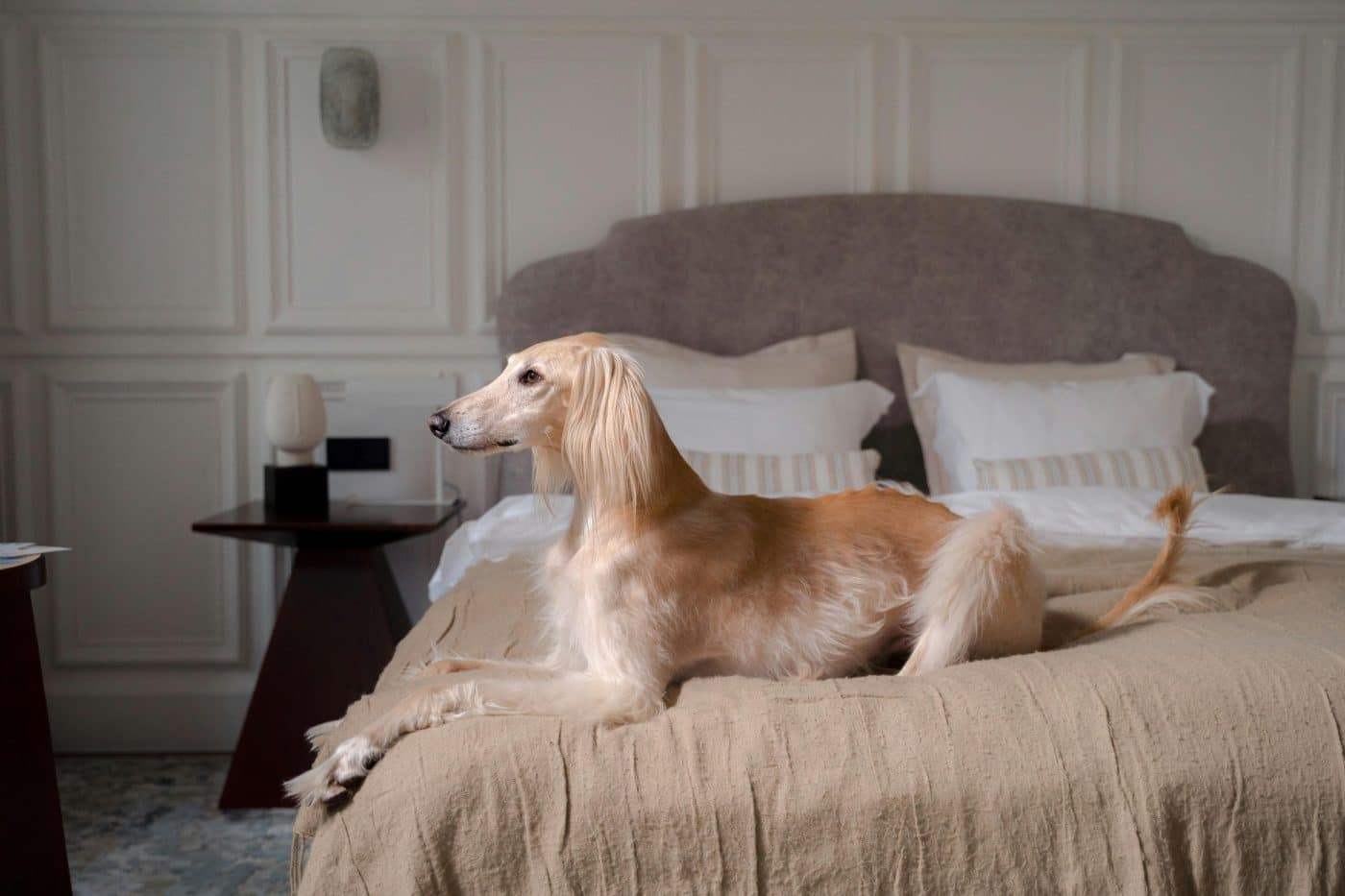 Shutterstock
Shutterstock
With flowing locks and a royal strut, the Afghan Hound might look like it belongs on a runway—but this breed’s roots go way back to the rugged mountains of Afghanistan. Ancient cave art in regions of Central Asia shows elegant, slender hunting dogs with long limbs and distinctive profiles. These depictions match the Afghan Hound’s signature silhouette, suggesting that the breed—or a close ancestor—has been a hunter’s companion for millennia. Their long coats weren’t just for looks—they served as insulation against harsh mountain climates.
Canaan Dog
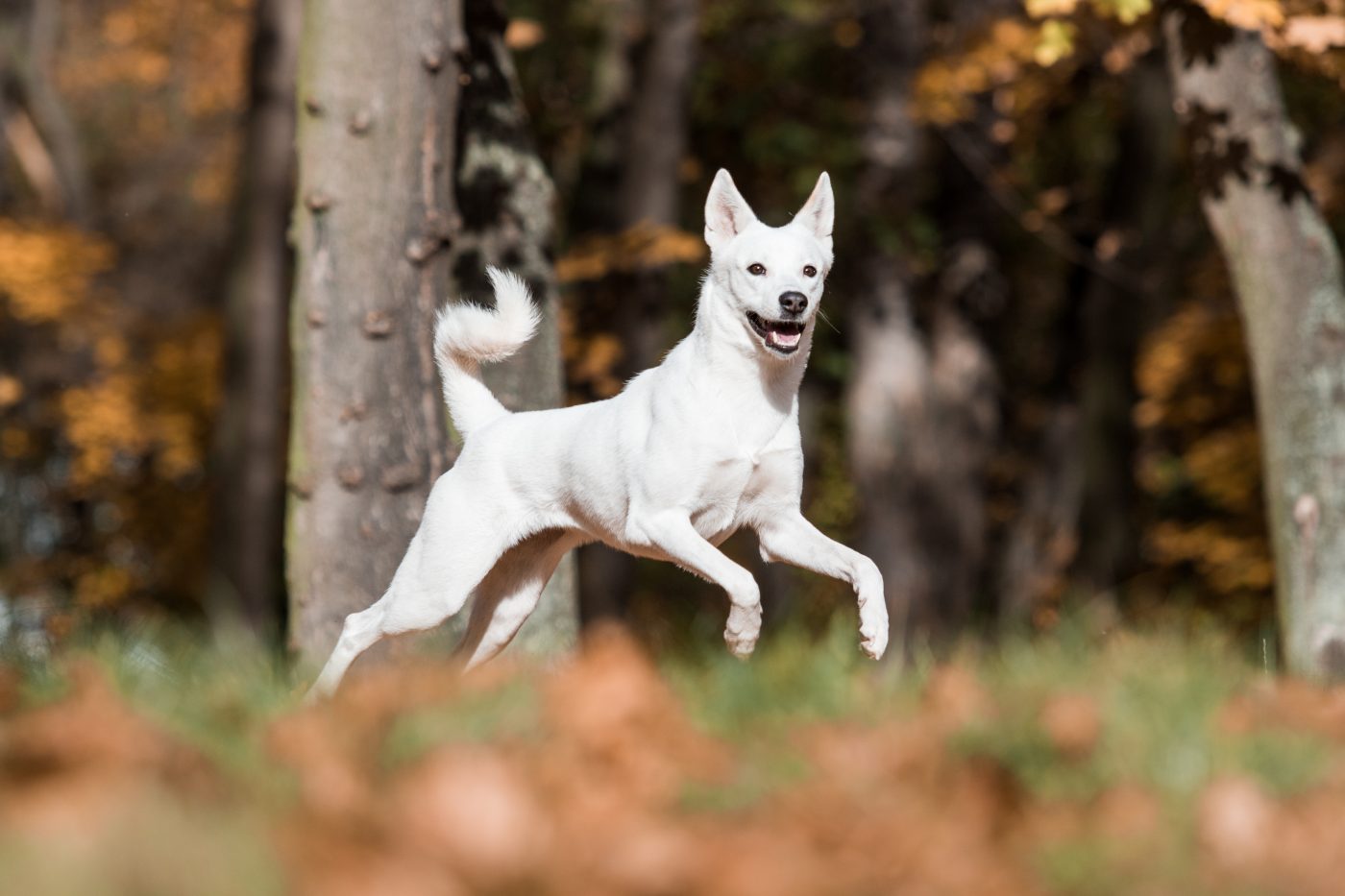 Shutterstock
Shutterstock
The Canaan Dog might not be a household name, but it’s basically the Indiana Jones of dog breeds—survivor, explorer, and desert legend. Cave drawings and petroglyphs from the Levant region (modern-day Israel, Jordan, and Syria) frequently show medium-sized, pointy-eared dogs resembling Canaan. These were likely pariah dogs that roamed freely but formed partnerships with nomadic tribes, offering protection and herding support. Their wild-yet-loyal nature helped them thrive in desert conditions for thousands of years.
Akita
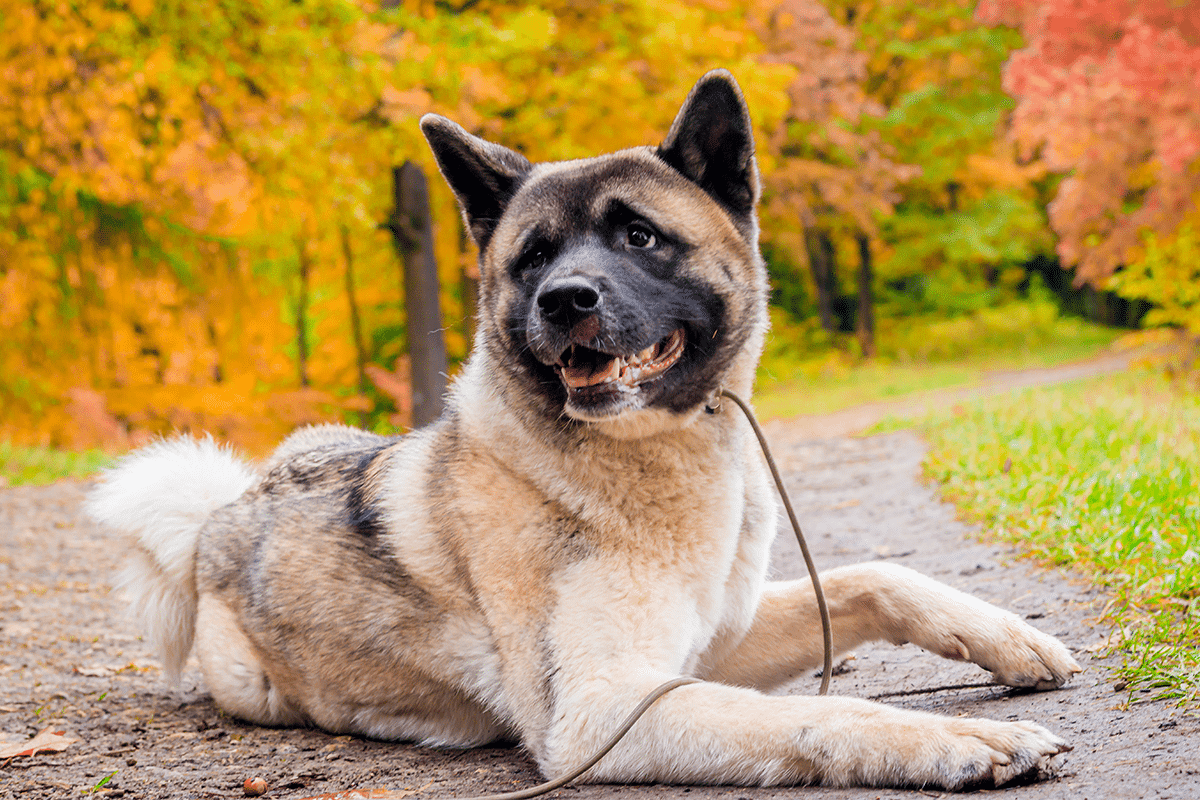 Shutterstock
Shutterstock
In the snow-covered caves and ancient shrines of Japan, early art shows stocky, powerful dogs with curled tails that look suspiciously like the Akita. The Akita has been revered in Japanese culture for centuries, often symbolizing health, happiness, and good fortune. These dogs were originally used for hunting large game like boars and bears, making them more warriors than lapdogs. Their presence in old Japanese petroglyphs ties them to a time when they roamed alongside early people in some seriously brutal environments. The Akita would be undefeated if there were an ancient dog gladiator arena.
Pharaoh Hound
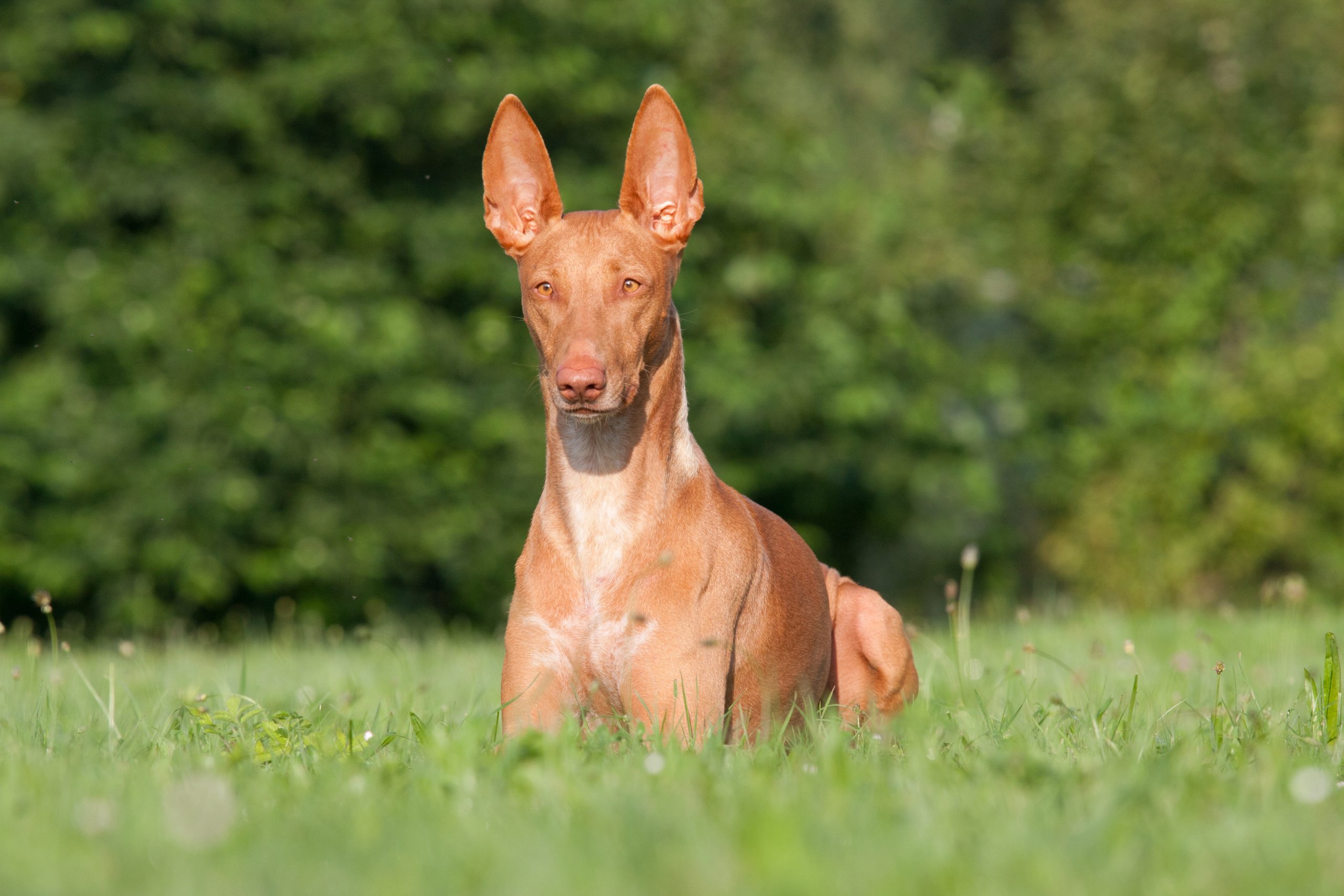 Shutterstock
Shutterstock
Despite the name, the Pharaoh Hound’s direct link to ancient Egypt is more style than paperwork—but it looks the part. Egyptian tomb paintings and temple walls are full of sleek, reddish-brown dogs with upright ears and alert expressions—virtually clones of today’s Pharaoh Hound. These dogs were believed to guide souls into the afterlife and were closely associated with gods like Anubis. Though the breed we know today may have been more recently standardized, it echoes the ancient depictions eerily well. If reincarnation exists, this breed’s clearly been around the block… and the pyramid.
Alaskan Malamute
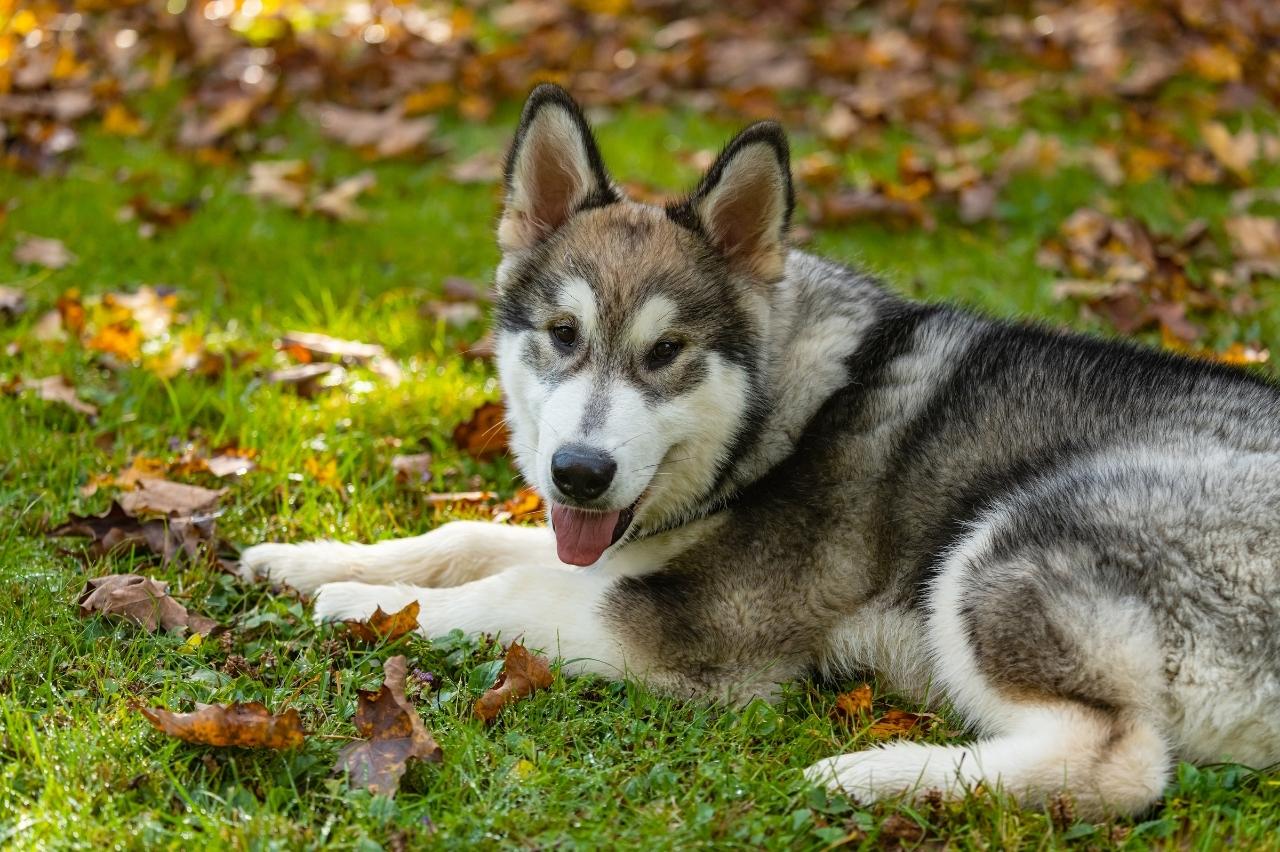 Shutterstock
Shutterstock
While most cave paintings featuring dogs are from temperate or desert climates, ancient carvings and oral traditions of the Inuit people highlight a burly working dog with thick fur and immense strength—hello, Alaskan Malamute. These arctic brutes were bred for hauling heavy sleds over frozen tundra and are believed to be closely related to dogs used by prehistoric arctic tribes. Though less artistic evidence exists due to snow not being a great canvas, bones and burial sites suggest a longstanding partnership. These dogs weren’t just cute and fluffy—they were furry freight trains in subzero landscapes.
Ibizan Hound
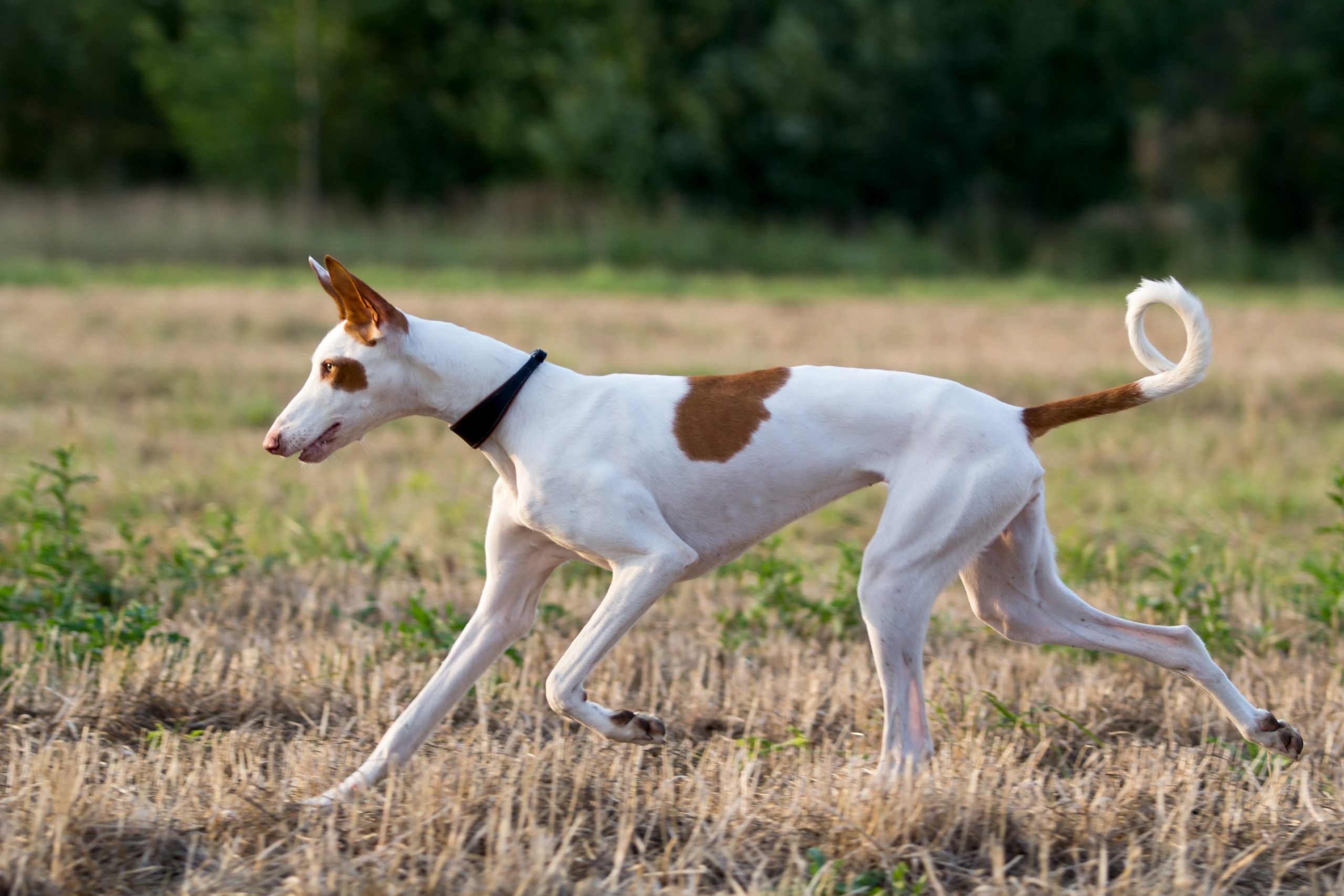 Shutterstock
Shutterstock
Found in ancient cave paintings on the Balearic Islands and parts of mainland Spain, the Ibizan Hound looks like it walked straight out of prehistory with elegance to spare. Known for its tall ears, lean body, and deer-like agility, this breed was used to chase rabbits across rocky Mediterranean terrain. The depictions in early art are almost cartoonishly accurate to the modern Ibizan—those ears alone are impossible to miss. Agile, graceful, and almost mythical in appearance, the Ibizan Hound is your ancient Spanish supermodel with a nose for small game.
Tibetan Mastiff
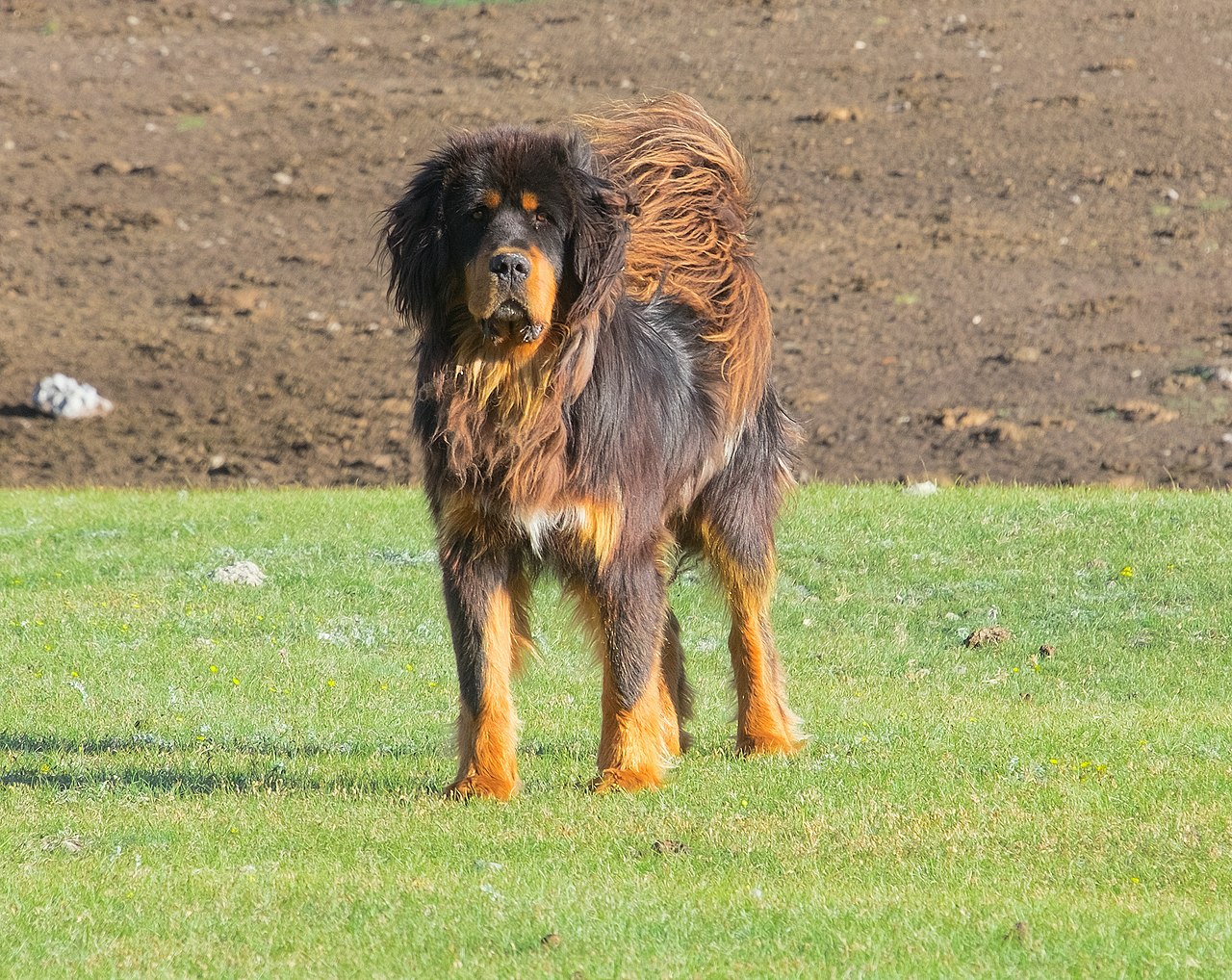 Shutterstock
Shutterstock
If cave paintings had sound, the ones featuring the Tibetan Mastiff would be playing ominous, epic battle music. These massive mountain guardians have been depicted in early Tibetan and Himalayan art as giant, fluffy beasts standing watch over villages and temples. Used by nomadic tribes and monks to fend off predators (both human and animal), they were more than just companions—they were security systems on four paws. Their impressive manes and imposing size make them look like lions with trust issues. If one of these showed up in a cave painting, you knew it meant business.
Xoloitzcuintli
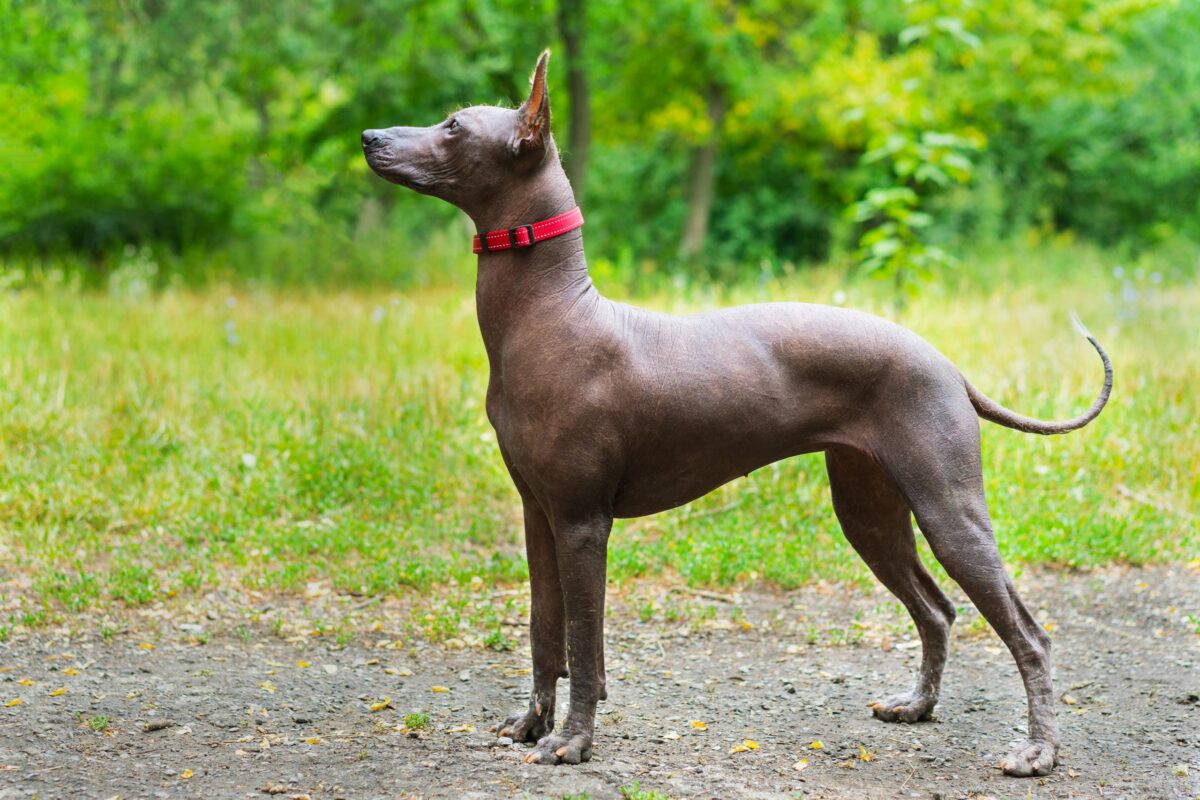 Shutterstock
Shutterstock
This hairless wonder, lovingly shortened to “Xolo,” has roots stretching back 3,000 years to the ancient Aztecs, Toltecs, and Maya. Pre-Columbian cave art, pottery, and carvings often feature a sleek, ear-pricked dog that mirrors the modern Xoloitzcuintli’s silhouette. These dogs were thought to guide souls through the underworld and were so highly regarded that they were often buried alongside their humans. Whether you like their hairless vibe or not, the Xolo has serious ancient cred. Basically, they were the sacred Uber drivers of the afterlife.
Shar Pei
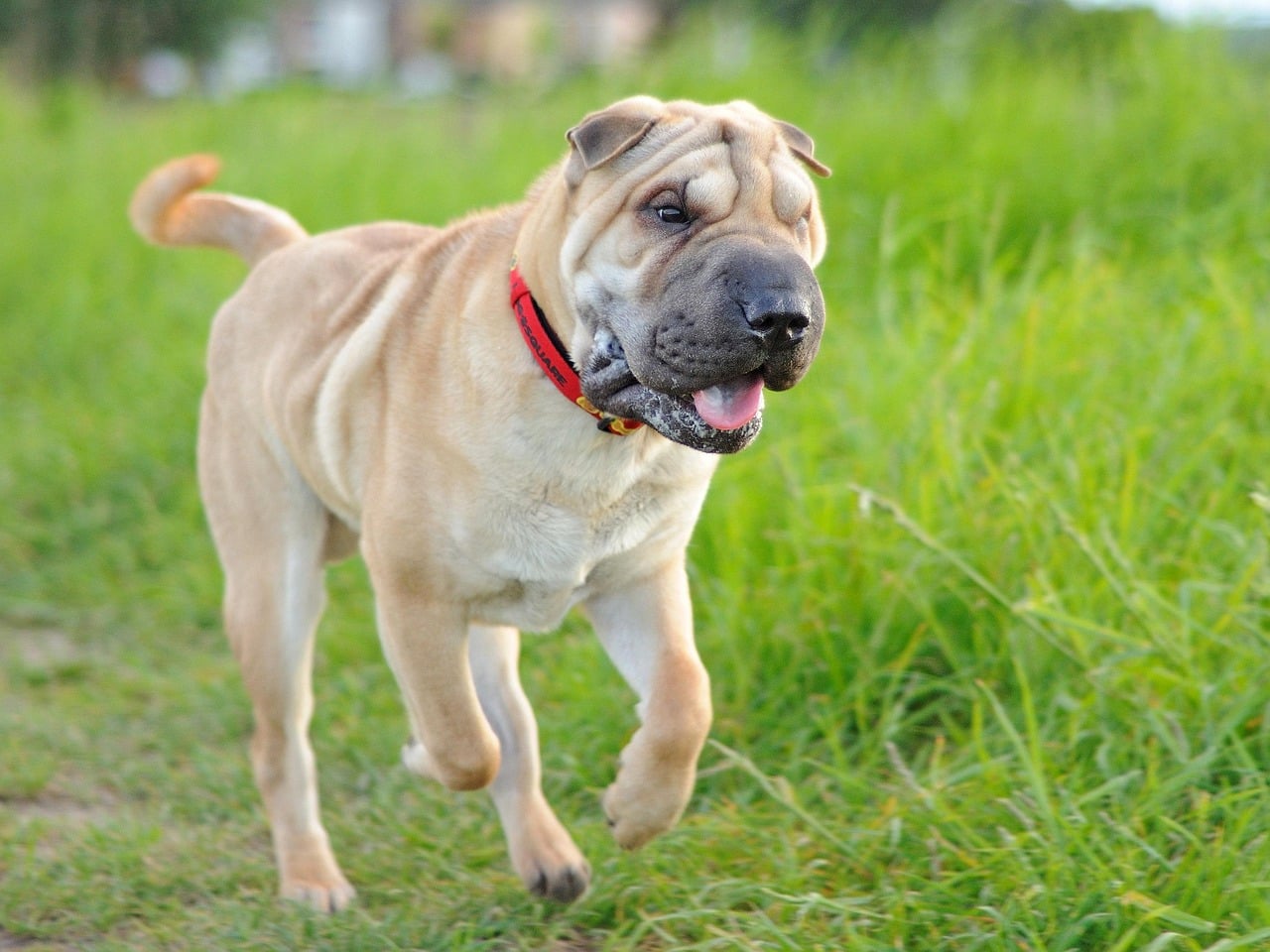 Shutterstock
Shutterstock
Ancient Chinese art and pottery from over 2,000 years ago include depictions of dogs with stocky builds, curled tails, and loose skin that match the modern Shar Pei. Originally used for guarding, herding, and even fighting, this breed was deeply integrated into rural Chinese life. Their distinctive appearance isn’t just modern cuteness—it’s historical functionality, protecting from bites and heat. Seeing a Shar Pei on a cave wall must’ve raised eyebrows even back then. Imagine ancient folks going, “Is that a dog… or a wrinkly baby rhino?”
Greyhound
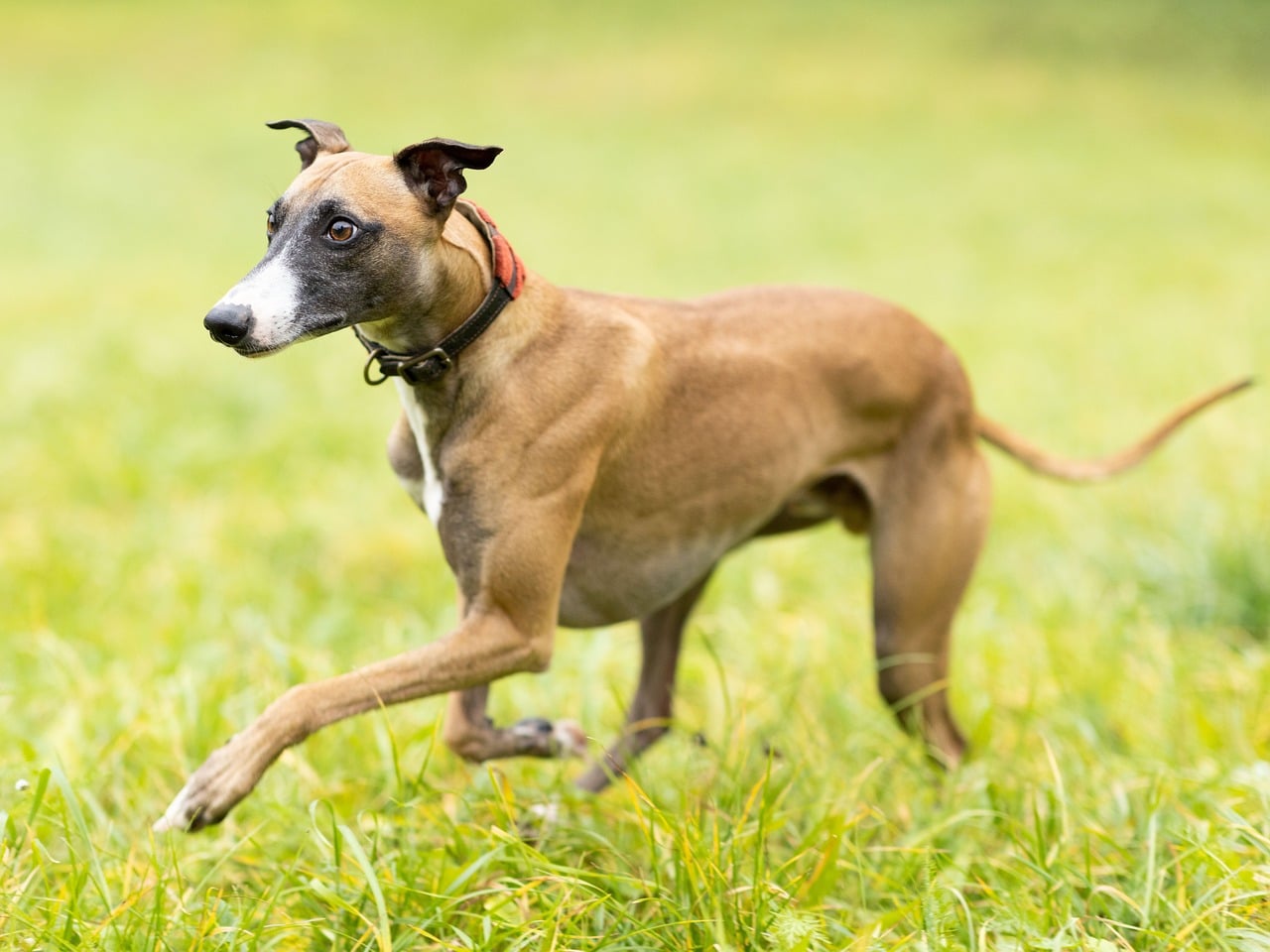 Shutterstock
Shutterstock
Greyhounds are frequently seen in Egyptian art, standing regally beside pharaohs and nobility. But even earlier cave paintings across the Middle East depict slim, long-legged dogs running in hunting scenes—clear ancestors of the modern Greyhound. These dogs were bred for speed and sight, making them the first known “sighthounds” used in human history. Their presence in both sacred tombs and everyday hunting murals proves how beloved and valuable they were. Basically, they’ve been zooming through history longer than most civilizations have existed.
Lhasa Apso
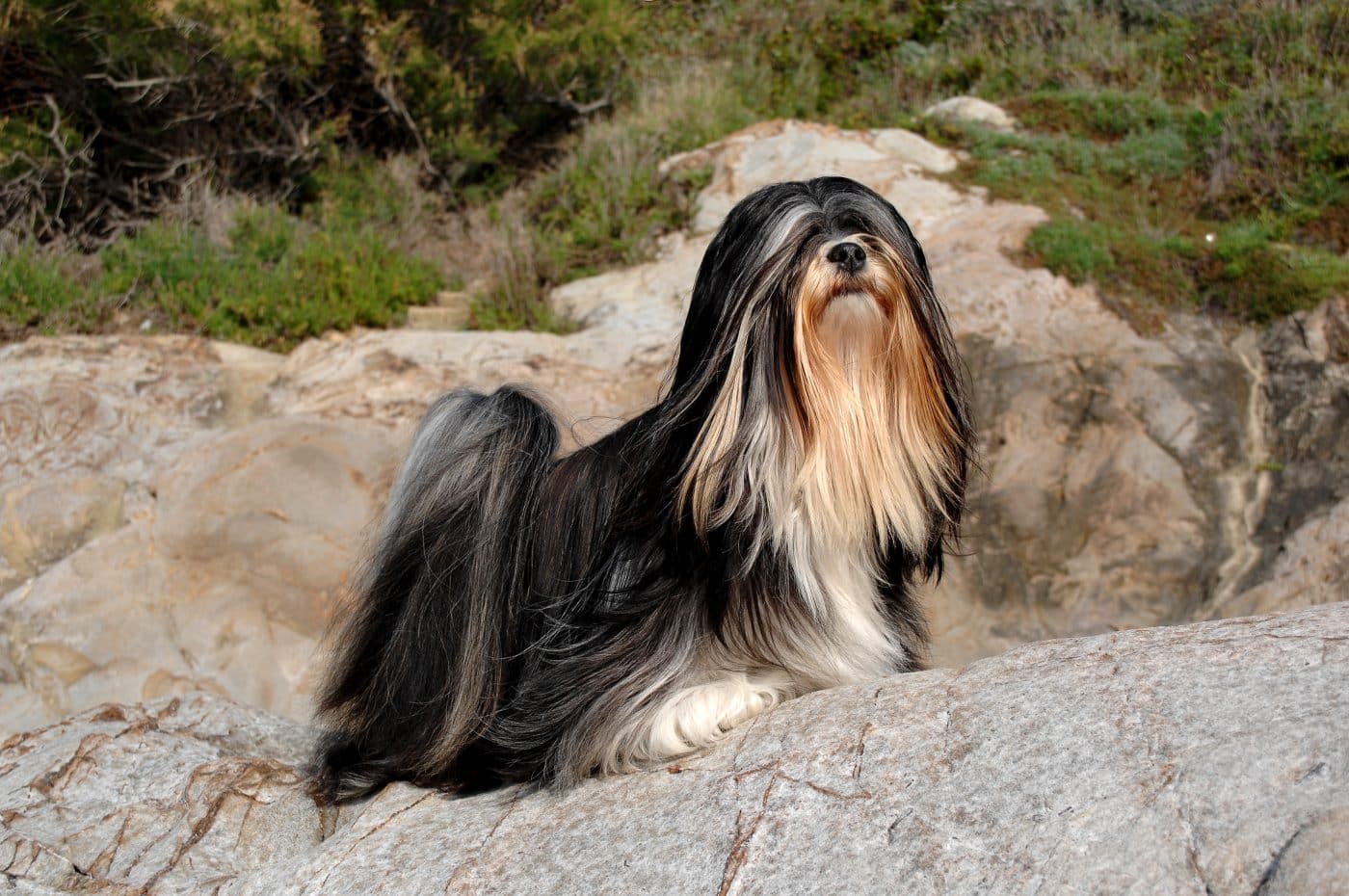 Shutterstock
Shutterstock
Small but mighty, the Lhasa Apso has ancient roots in Tibet, where cave carvings and temple murals show small, fluffy sentinels sitting near holy places. These dogs were believed to bring luck and ward off evil, serving as indoor guards for monasteries. Though tiny, their job was no joke—they would alert the giant Tibetan Mastiffs outside if something shady came near. In ancient depictions, you can spot their long coats and perky expressions, always sitting like they own the place. Which, let’s be honest, they probably did.
The Cave-Dogs That Drew First Bark
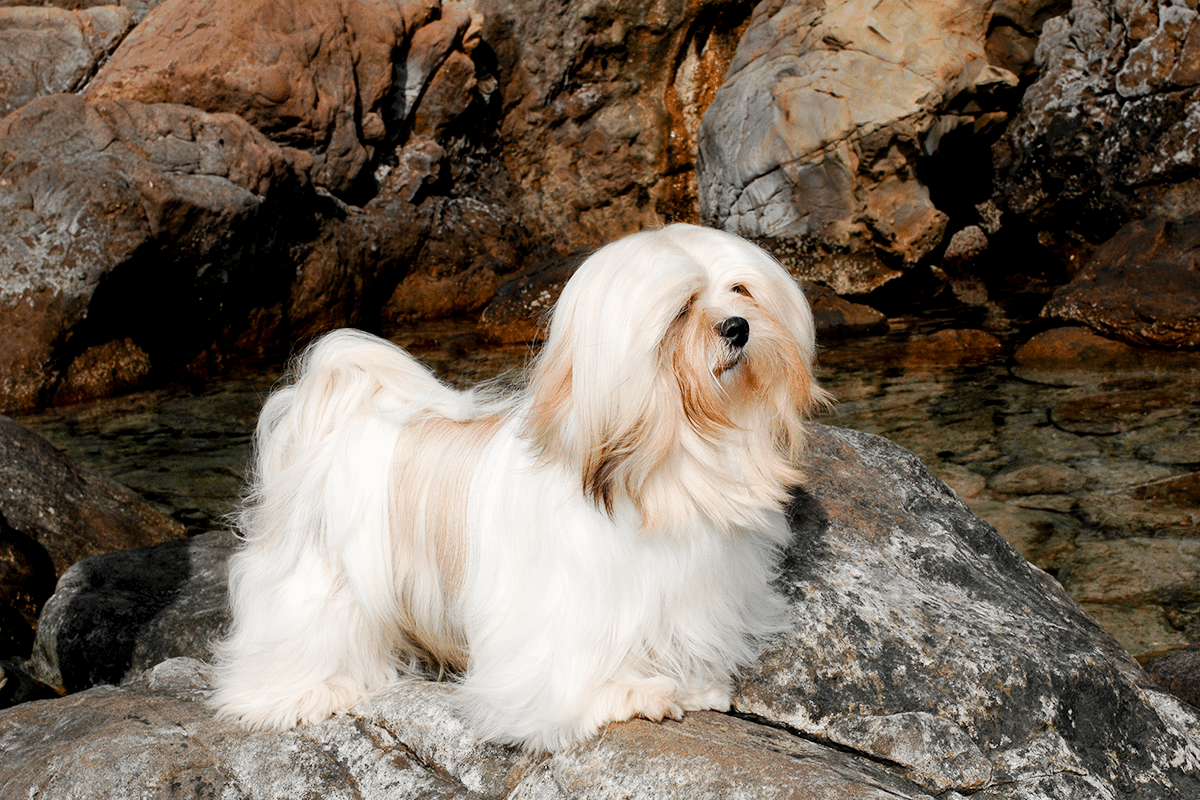 Shutterstock
Shutterstock
These dog breeds didn’t just come from breeders but from history itself. These dogs weren’t content chasing tennis balls; they were chasing lions, guarding temples, guiding souls, and posing dramatically in dimly lit caves long before hashtags were a thing. While your modern pup might be more into belly rubs and snack time, their ancestors were living action movie stars etched into stone. So next time your dog howls at nothing, maybe they’re just channeling their inner cave legend. Or maybe… they want snacks. Either way, respect the ancient bark.
 Toledo, United States.
Toledo, United States.
